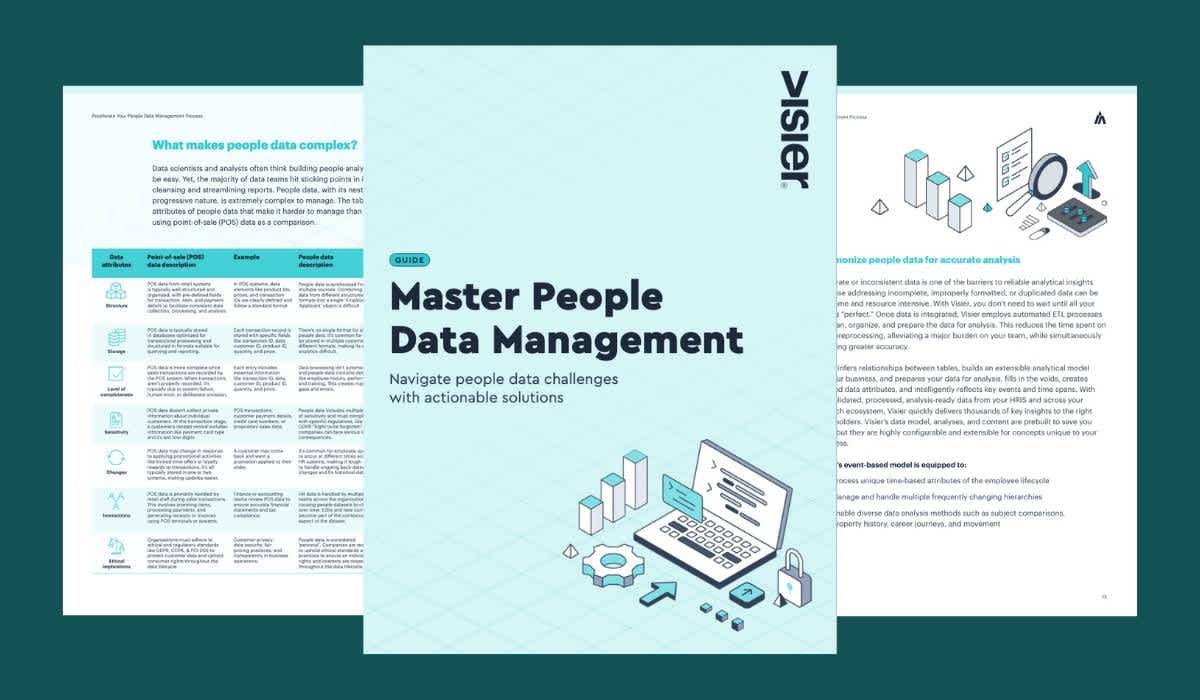What Is Environmental, Social, and Governance (ESG)?
ESG is a framework that allows investors and stakeholders to understand the impact a company has on employees, customers, and communities where it operates. The reporting requirement includes Environmental, Social, and Governance standards.

ESG is an acronym for environmental, social, and governance and refers to a new movement or area of focus for companies that has been driven both by reporting requirements through the SEC and Nasdaq, and by growing consumer and employee pressures on companies to be strong corporate citizens. The three elements of ESG are focused on:
Environmental: The impacts a business has on the environment, which might include how it uses natural resources, how it reduces waste, carbon emissions, etc.
Social: How businesses impact various stakeholders that include employees, customers, vendors, and communities at large.
Governance: How a company is managed and runs, including how executives are compensated, how board members are selected, and corporate policies and practices.
HR leaders clearly have a role to play in both reporting and improving corporate ESG efforts.
What is the impact of ESG on businesses and HR?
One of the impacts of ESG on HR is the mandate created by reporting requirements to demonstrate how organizations value their human resources. Saying that “people are our greatest asset” is quite common in many business settings, yet people analytics data doesn’t always support that this is the case.
Another focus of the “S” in ESG efforts, from an employee or HR standpoint, is related to diversity, equity, and inclusion (DEI). Companies must report on a wide range of data categories related to employee demographics to provide evidence that they are working to build a diverse organization and that they are being inclusive.
What type of data is required by ESG?
In terms of the HR-related metrics required by ESG, the primary categories related to factors such as gender, race/ethnicity, turnover/gender, safety, engagement, and talent development. A requirement from Nasdaq, which has been challenged, requires companies listed on its exchange to “satisfy minimum targets for gender and ethnic diversity on their boards”—or explain why they can’t. In addition, pressure is growing for companies to quantify the value of their human capital, which many are finding challenging to do.
Using people analytics to aid your ESG efforts
People analytics can certainly aid in helping to quantify human resources and their value. Companies that are already focused on people analytics have an edge. The growing interest in ESG on many fronts makes this type of reporting not only important for those companies where it is currently required, but for all organizations.
Read more on ESG:


